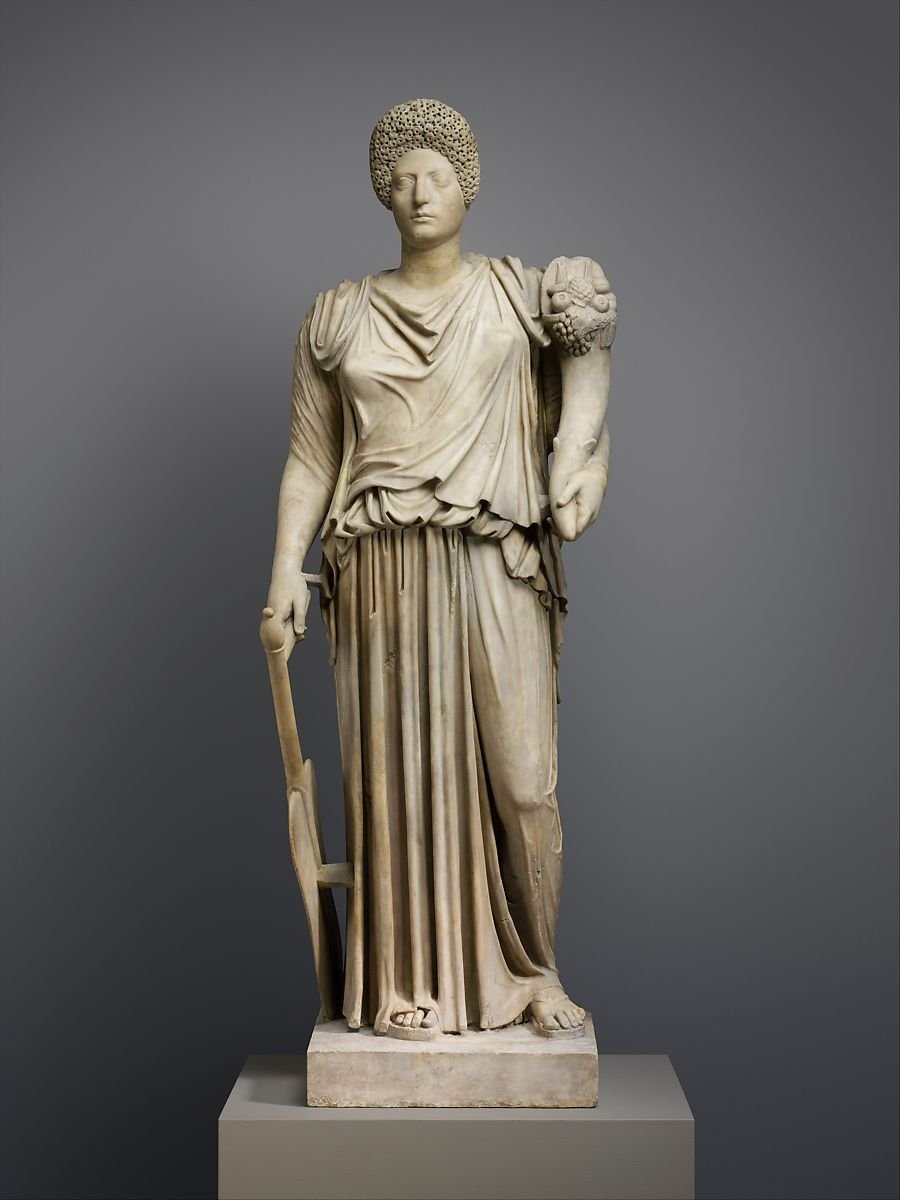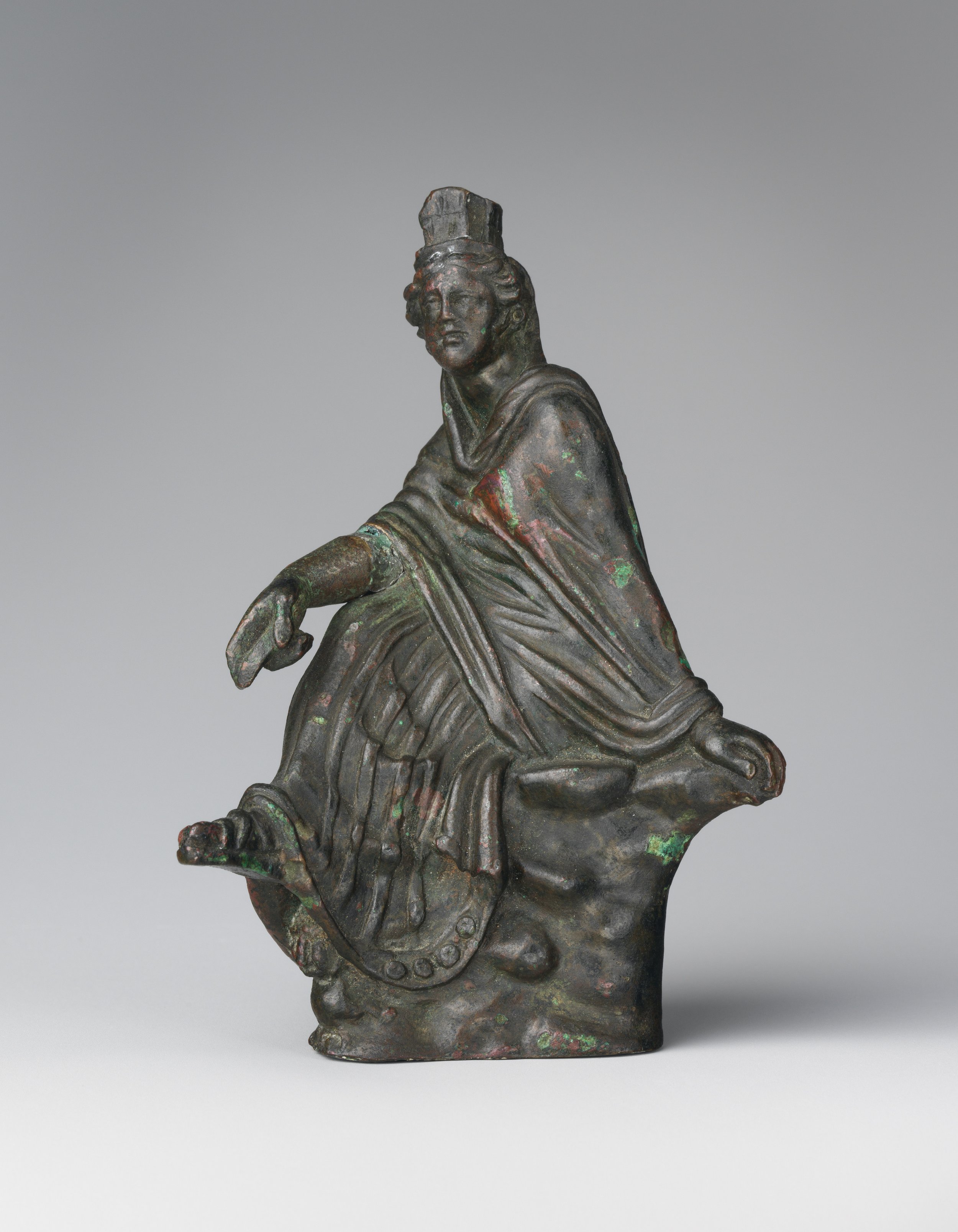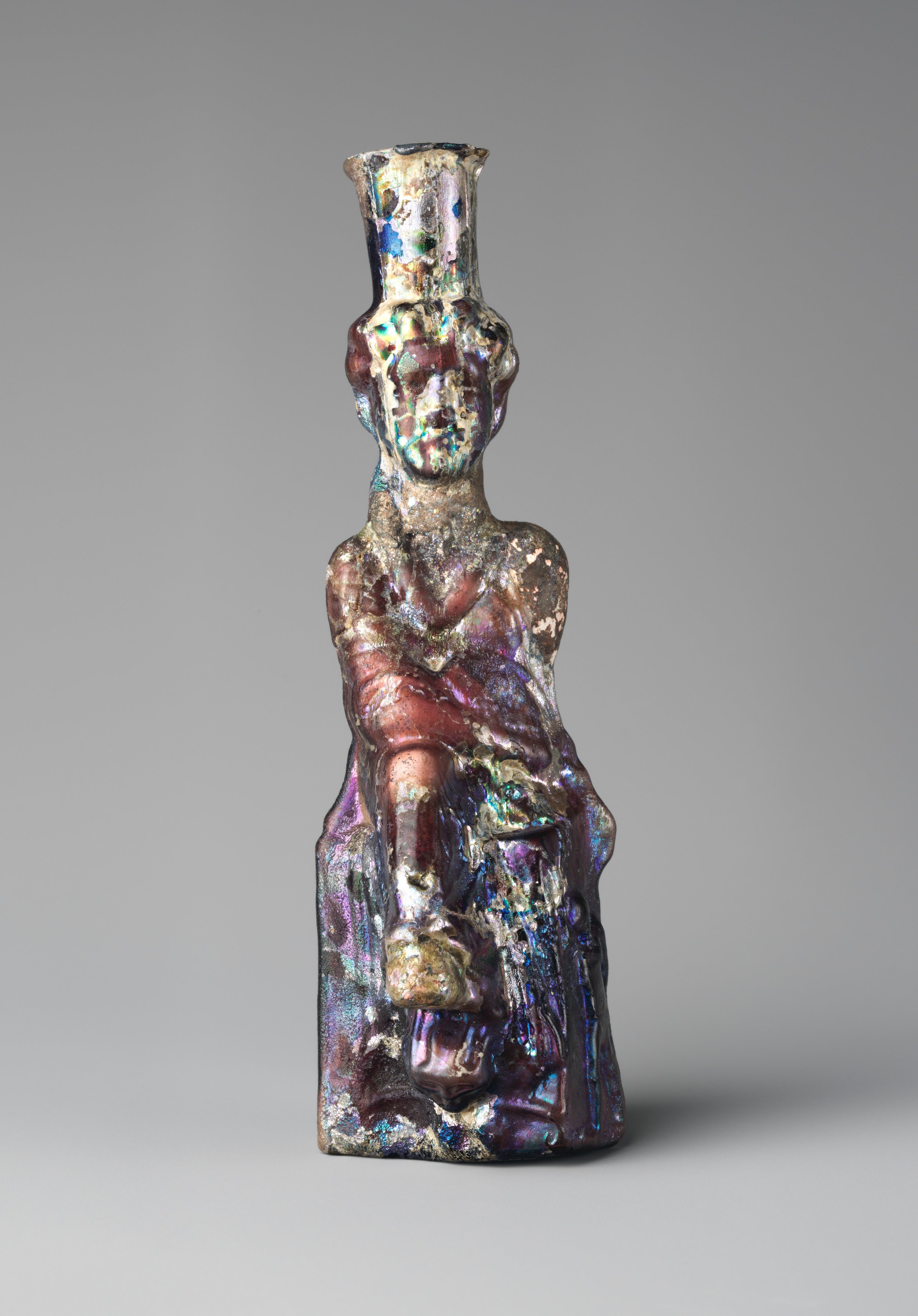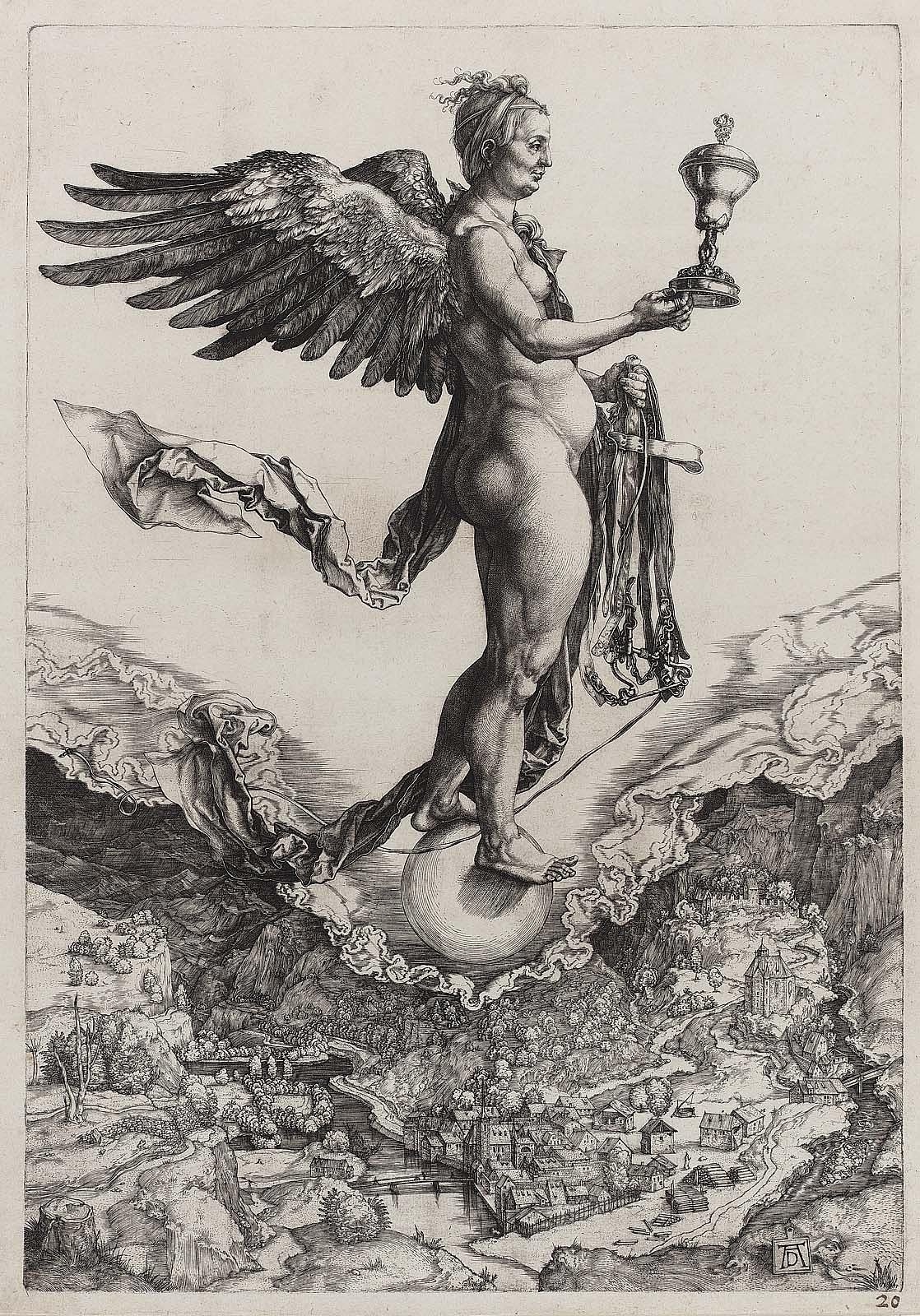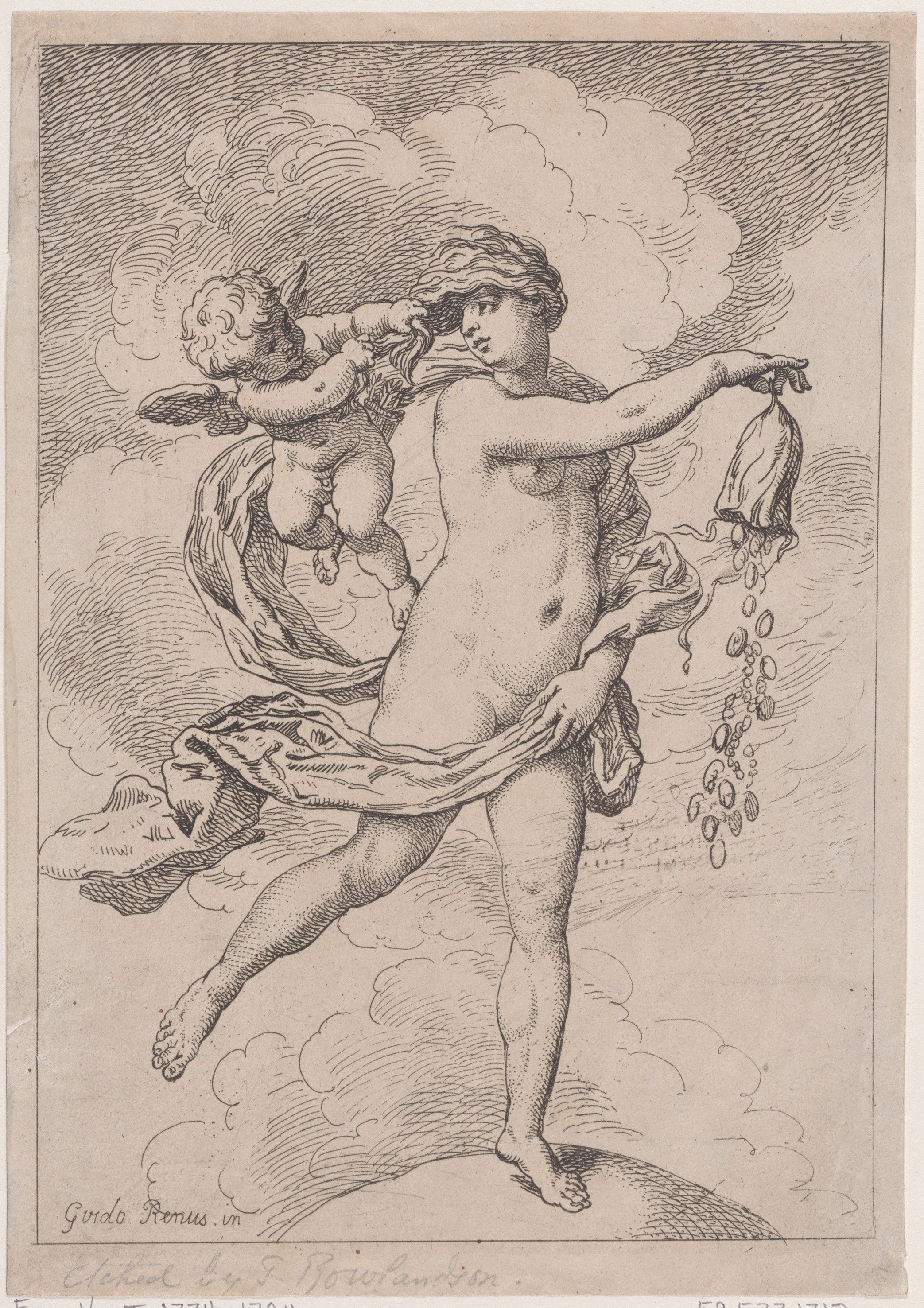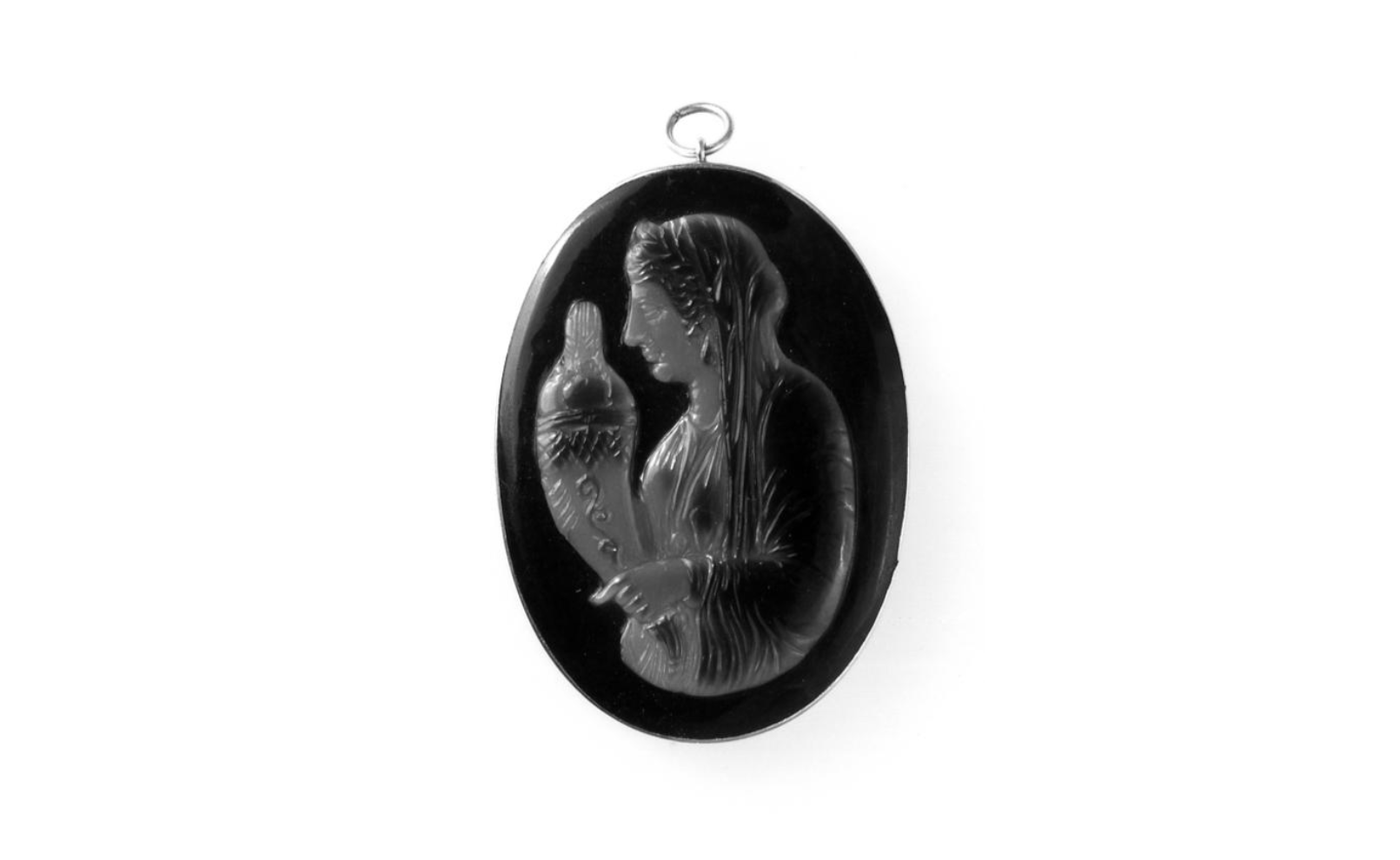Fortuna: Roman Goddess of Luck
Welcome to another installment of Deities of Good Fortune. So far we have covered St. Anthony (a.k.a. Toni Malau); Ekeko, Lakshmi, Mami Wata and the Seven Lucky Gods. Today, we go back to the Roman Empire to explore the aptly-named Roman Goddess, Fortuna.
As we delve into this topic, we must first recognize the important role that chance, or fate, played in the lives of people who lived during this time. The idea that (a significant part of ) one’s circumstances in life were due to chance had taken hold and came to be personified in the form of a goddess, whom the Romans called Fortuna and the Greeks called Tyche.
Some label Fortuna/Tyche as Goddesses of good fortune, but it’s important to keep in mind that these two goddesses could bring either good or bad luck upon you, so… it might be more accurate to say that they are goddesses of chance, luck or fate.
BUT hold it right there…what about Nemesis, Tyche’s… uh…nemesis? Isn’t she the dispenser of bad luck? And aren’t The Fates in charge of "fate”?
OK, let’s try to unpack this…
Fortuna
As the daughter of Jupiter, Fortuna was widely revered in ancient Roman culture and was considered an important deity in both public and private life. She was seen as a protector of the state and was invoked by individuals seeking good fortune, such as before embarking on a journey or starting a new enterprise. Fortuna was also associated with the cyclical nature of life and was believed to be able to influence the outcomes of events.
Fortuna was a popular subject in art and literature, and her cult was widespread throughout the Roman Empire. When depicted in art, she is typically accompanied by:
a wheel of fortune (to symbolize fate/chance);
a ship’s rudder (to control how fate is steered),
a cornucopia (to symbolize abundance/prosperity) or all three.
She is sometimes shown blindfolded and/or standing on a ball to emphasize the capriciousness of life, and to indicate that luck rolls like a ball, without choice.
In Rome, the worship of Fortuna was widespread, and a general festival was held in her honor on the 24th of June, perhaps to coincide with celebrations of the summer solstice. Her principal worshippers were newly married women — most likely because she had been merged with the Egyptian fertility goddess Isis.
Bracelet with Agathodaimon, Isis-Tyche, Aphrodite, and Thermouthis, Roman Period, 1st century B.C.–A.D. 1st century, from the collection of the Metropolitan Museum of Art.
“Powerful talismans of fertility and good destiny are woven into this rich golden composition. The bodies of two snakes intertwine to form a Herakles knot, the centerpiece of this bracelet. The snake on the left represents Agathodaimon, and the cobra on the right Thermouthis, two agrarian/fertility deities associated with Serapis and Isis, respectively. On the platform between them stand two goddesses, Isis-Tyche (or Isis-Fortuna), a deity closely associated with Alexandria, and the nude Aphrodite.”
Tyche
Tyche, on the other hand, is the Greek goddess of luck, fortune, and chance. While Fortuna was more closely associated with luck and prosperity of the state, Tyche was understood to be the protector of cities and was sometimes depicted with a mural crown, a symbol of city walls. Tyche was worshipped in many places in Greece, but especially at Athens, where she was a favored deity. Like Fortuna, she was associated with the unpredictable nature of luck and the outcomes of events. Also like Fortuna, Tyche was often depicted holding a cornucopia or a rudder, symbolizing her ability to control the direction of events.
In what seems like almost a deliberate understatement, The Metropolitan Museum of Art notes that, statuettes of the goddess of Chance were evidently popular during the Roman Imperial times judging from the large number that have been found.
Nemesis
As the Greek goddess of retribution and revenge, Nemesis was seen as the divine embodiment of justice and was believed to punish those who behaved arrogantly, who committed crimes or sins, or who violated the natural order of things. Nemesis was often depicted with a measuring rod or a sword, symbolizing her role in meting out justice and punishment. She is usually depicted with wings.
Nemesis was also associated with the concept of moira, or fate, and was believed to be responsible for determining the outcomes of events and the fortunes of individuals. In this role, she was seen as a powerful and sometimes frightening figure, capable of bringing both good and bad fortune.
Nemesis was also associated with the concept of divine retribution, or the idea that the gods punished those who transgressed their laws or moral codes. She was often invoked by those seeking justice or seeking to right wrongs and would act on behalf of the other gods in meting out justice, especially to those who had displayed arrogance or hubris.
The Fates…
Known as the Moirai in Greek and the Parcae in Latin, the Fates are a trio of goddesses who control the destiny of human beings. They are depicted as powerful beings who determine the course of a person's life from birth to death. The Fates are often portrayed as weavers or spinners, with the threads of fate that they manipulate symbolizing the lives of mortal humans.
In Greek mythology, the names of the three Fates are Clotho, Lachesis, and Atropos.
Clotho, meaning "spinner," is responsible for spinning the thread of life.
Lachesis, meaning "apportioner of lots," determines the length of each person's life by measuring the thread spun by Clotho.
Atropos, meaning "inflexible" or "inevitable," is the one who cuts the thread, signaling the end of a person's life.
These three goddesses are often depicted as old women, stern and unyielding in their task.
In Roman mythology, the counterparts of the Fates are known as the Parcae. They are named Nona, Decima, and Morta.
Nona determines the beginning of a person's life;
Decima measures its span; and
Morta represents death itself.
The Parcae are associated with childbirth, destiny, and the weaving of life's tapestry. They are considered to be impartial and infallible, and their decisions are final and irreversible. They are not influenced by the pleas or actions of gods or mortals. Even the most powerful gods, such as Zeus or Jupiter, cannot alter the fate assigned to an individual by the Fates.
The concept of the Fates plays a significant role in Greek and Roman mythology. They embody the belief in an unalterable fate or destiny that governs the lives of all beings. The idea of a predetermined fate has been a source of inspiration for many literary works and has become a common theme in various forms of storytelling throughout history.
Where does this leave us?
Fortuna/Tyche is associated with the concept of "good luck" or "bad luck" and is often portrayed as capricious and whimsical. While she can influence the outcomes of events, her influence is more immediate and random compared to the long-term and predetermined nature of the Fates, who have the power to determine the destiny of mortals from birth to death.
Nemesis, on the other hand, is the goddess of retribution and vengeance who ensures that individuals receive their just desserts. While she does not determine the overall course of a person's life like the Fates, Nemesis ensures that individuals face the consequences of their actions.
While Fortuna/Tyche and Nemesis both play roles related to destiny and outcomes, their involvement is more specific and particular to certain events or actions. They do not have the broad authority and control over the overall fate of individuals that the Fates possess.
In summary, Fortuna/Tyche represents luck and fortune, influencing immediate outcomes, while Nemesis is associated with retribution and justice for specific actions. The Fates, by contrast, govern the entire course of a person's life from birth to death.
Bronze statuette of Tyche, from the collection of The Metropolitan Museum of Art. Note the crown.
This bottle is loosely modeled on a famous monumental statue of Tyche (Good Fortune), made for the city of Antioch by Eutychides of Sikyon in about 296 B.C. The river-god Orontes, who appears below Tyche's feet, has here become very stylized, and her mural crown has been turned into the bottle's neck. A small figure of Eros has also been added to the side of the goddess's chair. Bottles of this shape must have been made as souvenirs, and their contents may have been used in making offerings at public or private shrines.
Nemesis, from the collection of the Museum of Fine Arts Boston.
The Three Fates, Anonymous, Italian, North Italy, 16th century Italian, 1530–50, from the collection of the Metropolitan Museum of Art.
Cameo depicting Fortuna holding a cornucopia, from the collection of the British Museum.
Decoupaged tarot card image on wooden board, depicting “La Fortuna” or the Wheel of Fortune; House of Good Fortune Collection
Is it weird that they are all women?
Maybe a little. But women have long been associated with concepts of fertility and childbirth, which are closely tied to ideas of luck and fortune. Women were also sometimes seen as having mystical or intuitive abilities connected to the unseen forces that governed fortune and chance. The House suspects that these associations may be the reason that goddesses rather than gods are associated with luck and fortune.



